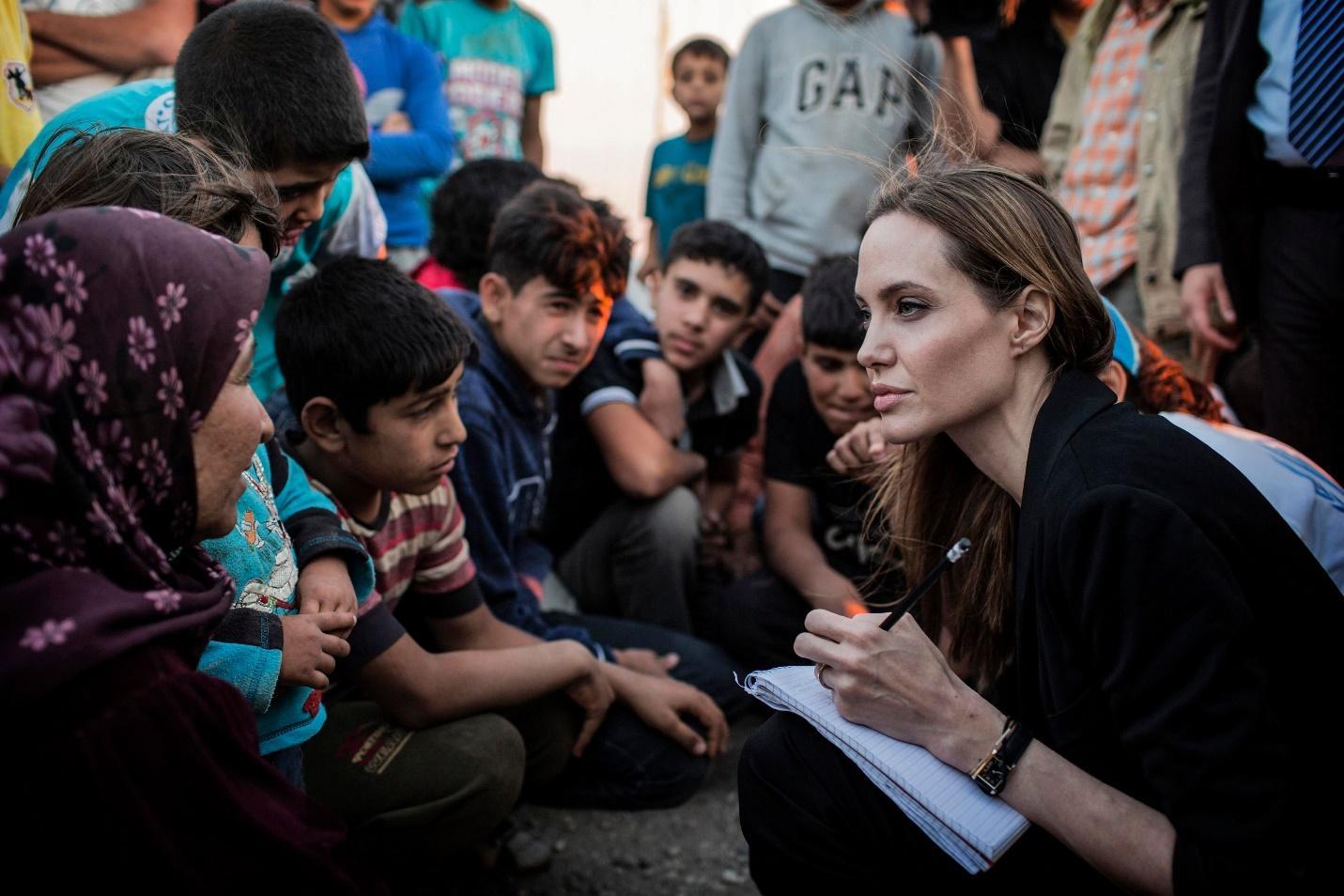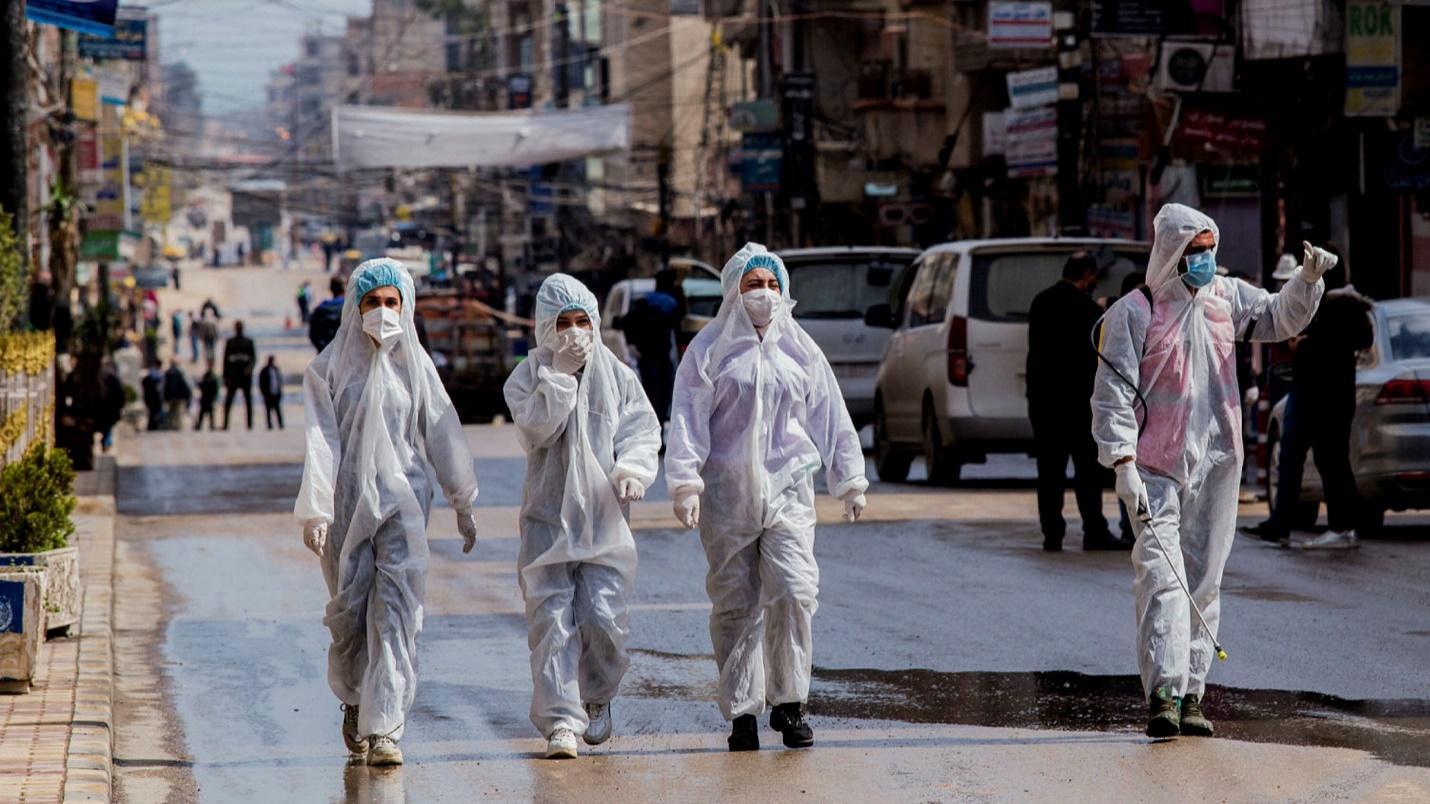Summary
Syrian civil wars and combat conflicts continue to rise despite the many adverse effects they have on civilians. People are facing hardships, insecurity and internal displacement due to the never-ending crisis. Despite being on the international agenda for over a decade with a lot of public awareness, costly relief operations and advocacy campaigns, the conflicts rage on, making it challenging for humanitarian activities. This presentation reviews some of the challenges facing internally displaced persons in Syria, obstructions to humanitarian activities, and the Syrian government’s role in ensuring aid to displaced people.
Background
Syria’s war began ten years ago as an uprising against the government to eliminate the Assad regime from power. The rule had been in power since 1971, leading to an autocratic power system that practiced unethical leadership. During the administration, Syria faced a decline in economic growth despite Assad’s attempts to modernize the country. The country faced socio-economic crises such as unemployment, food insecurity and poverty, affecting millions of livelihoods. However, the government retaliated against the civilians’ peaceful demonstrations leading to conflicts and wars between the two parties. The government used military and police resources to fight civilians for a year until opposition militia groups started forming in 2012 to help civilians battle against the regime. Up to date, Syrians are under civil war, causing millions of displaced persons within and outside its borders. Currently, more than 6.8 million Syrians are internally displaced (Baghdadi, 2021). Yet, humanitarian services and State protection cannot offer adequate aid to the displaced victims leading to more suffering and hardships in the communities. The following factors are challenges facing humanitarian activities and State protection from aiding the internally displaced persons leading to inadequate aid in the disaster areas.
Funding
Currently, Syria has the most extensive Humanitarian Response Plan globally due to the high number of displaced people and vulnerable communities facing challenges in the region. The plan consists of a $4.6 billion budget that should cater to the service workers and the affected districts (Adem et al., 2018). Some of the worker’s needs include food, shelter, security and medical insurance. Simultaneously, the affected populations also need shelter, protection, education, food, water, and health services that require more financial resources since the population is more prominent (Doocy et al., 2017). Despite the numerous areas that need capital, the relief area does not receive enough funding to cover half of the demands.
Humanitarian workers are often left at a loss when they run out of food and watch as children hunger, despair and die from starvation. According to the United Nations / Syria, 2020 report, the humanitarian activities in Syria only have 27% funding which is not enough since more populations face displacement due to the continuous wars. In regions with ceasing conflicts, community members are also unable to restart their lives due to insufficient funding to start over. Inadequate funding is also challenging when implementing aiding strategies leading to discrimination in service delivery. As a result, humanitarian workers cannot make independent assessments of populations with critical making it hard to make difficult decisions (Broussard et al., 2019). The international community needs to address the funding issue to avoid more suffering and tragedy for the affected districts in Syria.
Security Risks
Aid workers require maximum security while navigating and distributing relief distributing resources in the tragedy areas. Yet, humanitarian workers in Syria are on constant watch against militia attacks, kidnapping and patronizing situations that could harm. Goldberg (2020) considers Syria the deadliest for humanitarian activities since more service workers’ deaths occur in Syria than in any other country. A 2018 report on humanitarian affairs indicates that the Syrian war kills more than 100 service workers per year due to bombs attacking health center establishments and convoys for relief food delivery (Romina & Holgado, 2020). The Syrian anti-militia groups and government should also protect humanitarian workers while fighting for their goals since all lives are equally important.

Accessibility To Predicament Areas
Security issues affect access to the interior parts of the country, where humanitarian workers have to involve residents in negotiations for safety through critical areas. The talks are costly, limiting the worker’s funds for doing other humanitarian work (Adem et al., 2018). Security issues force humanitarian workers to use long routes that take time and cause exhaustion that could be detrimental to their physical and mental health. Despite the long roads, bandits and Assads people still loot relief supplies along the way since the convoys do not have governmental safeguarding. Overcrowding in camps also creates insecurity, such as rape cases and the spread of contagious diseases (Goldberg, 2020). These security factors hinder practical service delivery projects in tragic areas leading to more suffering and loss of human lives among displaced communities.
Pandemics
COVID-19

The recent rise of the COVID-19 pandemic brought many challenges to humanitarian work. Aid workers risked contracting the disease and could not move across borders due to sanctions brought by the virus (Martinez et al., 2017). The pandemic crippled relief aid activities such as accessibility to education centers, health centers and centers for giving food and essential materials due to governmental and global healthcare systems’ restrictions on gatherings. Consequently, COVID-19 victims require extra care and medication, demanding more funding and time (Adem et al., 2018). The virus led to an overwhelming of health units and hospital beds, making humanitarian offices make difficult decisions on who to sustain among the tragic victims (Broussard et al., 2019). The Syrian government should consider border sanctions due to the COVID pandemic to give humanitarian workers easy navigation across vulnerable communities.
Reference List
Adem, S.A., Childerhouse, P., Egbelakin, T. & Wang, B. 2018, “International and local N.G.O. supply chain collaboration: An investigation of the Syrian refugee crises in Jordan,” Journal of Humanitarian Logistics and Supply Chain Management, vol. 8, no. 3, pp. 295-322.
Aljazeera, A., 2018. Syria’s war is explained from the beginning. Web.
Baghdadi, G., 2021. Why Syria’s Civil War is still A “living nightmare” after ten years. C.B.S. News. Web.
Broussard, G., Rubenstein, L.S., Robinson, C., Wasim, M., Gilbert, S.Z. & DeCamp, M. 2019, “Challenges to ethical obligations and humanitarian principles in conflict settings: a systematic review,” Journal of International Humanitarian Action, vol. 4, no. 1, pp. 1-13.
Goldberg, M.L., 2020. Why Are So Many Aid Workers Being Killed in the Line of Duty? Web.
Romina, C. & Holgado, R.D. 2020, “Network analysis as a tool for humanitarian protection: research and practice,” Journal of International Humanitarian Action, vol. 5, no. 1.
Ruptly. 2021. Web.
S, A.P., Martinez, E., S, D.M., Rossi, R., Pahud, M., Urbaniak, V., Chappuis, F., Hagon, O., Bausch, F.J. & Beran, D. 2017, “Non-communicable diseases in humanitarian settings: ten essential questions”, Conflict and Health, vol. 11.
United Nations/Syria: U.N. Population Fund sounds alarmed over the dire situation facing women and girls in Syria after 10 years of war 2020, Bangkok.
Doocy, S., Ph.D. & Lyles, E., M.S.P.H. 2017, “Humanitarian Needs Among Displaced and Female-Headed Households in Government-Controlled Areas of Syria”, American Journal of Public Health, vol. 107, no. 6, pp. 950-959.